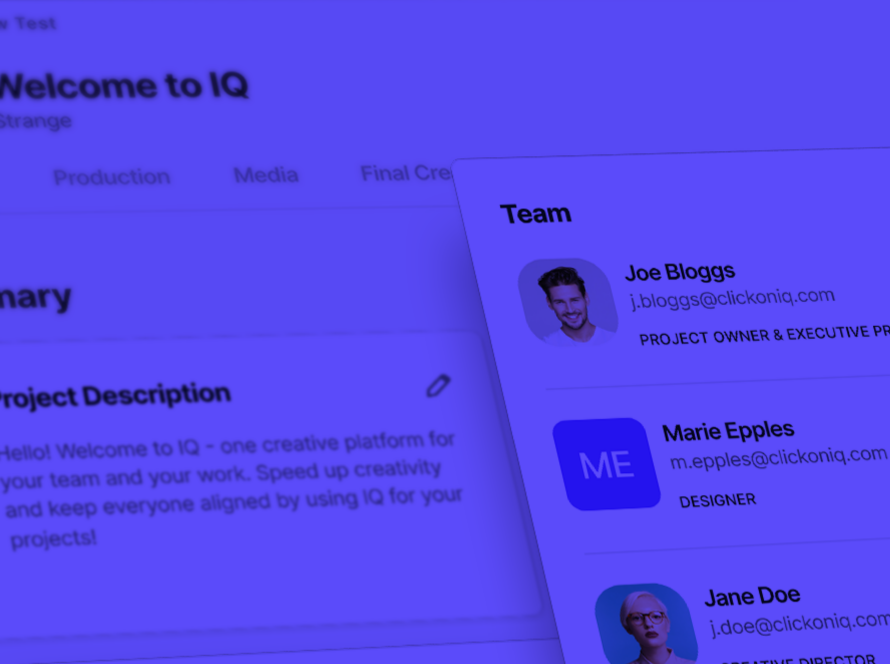Artificial Intelligence (AI) and Artificial General Intelligence (AGI) are two terms that are often used interchangeably, but they are fundamentally different concepts. In this blog, Richard Wilson, Global CEO Clickon, explores the difference between AI and AGI and why it matters for the future of technology and humanity.
AI is a branch of computer science that focuses on the development of intelligent machines that can perform tasks that would normally require human intelligence. AI systems are designed to learn and adapt to their environment, making them more efficient and effective over time. AI is already being used in a wide range of applications, from voice assistants like Siri and Alexa to autonomous vehicles and medical diagnosis. According to a report by PwC, AI could contribute up to $15.7 trillion to the global economy in 2030, more than the current output of China and India combined.
AGI, on the other hand, is a theoretical concept that refers to machines that have human-level intelligence and can perform a wide range of tasks that require cognitive abilities such as reasoning, planning, and problem-solving. Unlike AI, which is designed to perform specific tasks, AGI is designed to be adaptable and flexible, much like the human brain.
The key difference between AI and AGI is the level of intelligence that they possess. AI is designed to perform specific tasks and is limited to the narrow domain for which it was designed. For example, an AI system that is trained to recognize faces, can only recognize faces, and cannot perform other tasks without additional training. AGI, on the other hand, is designed to be adaptable and can perform a wide range of tasks without the need for additional training.
Another key difference between AI and AGI is the way they are developed. AI is developed using machine learning algorithms that are trained on large datasets to recognize patterns and make predictions. These algorithms are designed to improve over time as they are exposed to more data. AGI, on the other hand, is developed using a combination of machine learning algorithms and other cognitive technologies such as natural language processing, reasoning, and planning.
The global AI market is expected to reach $267 billion by 2027, according to a report by Grand View Research with the demand for AI being driven by factors such as the increasing availability of big data, the rise of cloud computing, and the growing number of AI startups. A survey by Garnter found that 37% of organizations have now implemented AI in some form, up from 10% in 2015. “If your organization doesn’t use AI, chances are high that your competitors do and this should be a concern,” said Chris Howard, distinguished research vice president at Gartner.
The development of AGI is still in its early stages, and there are many challenges that need to be overcome before it can become a reality. One of the biggest challenges is developing machines that can reason and plan like humans. While AI can recognize patterns and make predictions, it cannot reason and plan in the same way that humans can.
Another challenge is developing machines that can understand natural language. While AI has made significant progress in this area, it still struggles to understand the nuances of human language, such as sarcasm, humor, and idiomatic expressions.
The difference between AI and AGI is not just an academic distinction; it has significant implications for the future of technology and humanity. While AI has the potential to transform many aspects of our lives, including healthcare, transportation, and education, it is still limited in its ability to reason and plan. AGI, on the other hand, has the potential to revolutionize the way we live and work by enabling machines to perform a wide range of tasks that currently require human intelligence.
However, the development of AGI also raises significant ethical and social questions. If machines become as intelligent as humans, what will be the role of humans in society? Will machines replace humans in many jobs, leading to mass unemployment? Will machines develop their own goals and motivations, leading to a situation where they no longer serve human interests?
These are just some of the many questions that need to be addressed as we move towards a future where machines are more intelligent than humans. While the development of AGI is still in its early stages, it is important to start thinking about these issues now so that we can develop ethical and responsible guidelines for the development and use of this technology.
Ultimately the difference between AI and AGI is significant and has important implications for the future of technology and humanity. While AI has already transformed many aspects of our lives, AGI has the potential to revolutionize the way we live and work by enabling machines to provide new capabilities and insights that can help us address complex problems and create new opportunities for growth and development.

Richard Wilson is Global CEO at Clickon.
For more information visit: www.clickon.co

